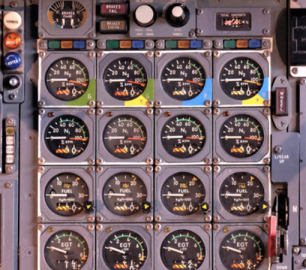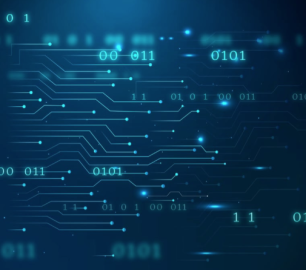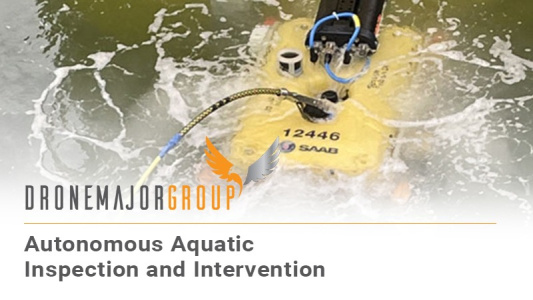D-RisQ develop automatic, high integrity, software verification tools that can reduce the cost of developing safety related software by 80% while complying with standards such as DO-178C. D-RisQ has used this technology to develop software that assures the behaviour of autonomous vehicles in various sectors. In the aerospace sector, we have assured compliance to SERA, in maritime to COLREGS, and have developed similar for underwater nuclear decommissioning vehicles as well as for the off-shore industry.
The key to good software development, is to ensure that the design requirements are well written, as this is the original source code for future verification activities. Consequently, if requirements are wrong, incomplete, or ambiguous then costs rise, and projects overrun.
D-RisQ Kapture, helps users to develop software requirements that are verifiable, unambiguous are consistent and help users with completeness. It is available under licence. Similarly, if the design is wrong, then further cost and programme issues can arise.
Fortunately, D-RisQ Modelworks can automatically and independently verify that designs expressed in a subset of Simulink/Stateflow will satisfy the requirements as written in Kapture.
Using an off-the-shelf autocoder, the D-RisQ CLawZ tool, independently and automatically verifies that the source code is a complete and accurate representation of the design.
Next year we will have the ability to automatically verify that the binary satisfies the source code using D-RisQ Fever tool. All these tools exploit mathematical proof (formal methods) techniques and support development to the highest levels of integrity such as DO-178C, Level A. All the tools are available for licence and naturally, D-RisQ can also help in their use and deployment. We can also do work for you if this means the exploitation of tools.
Additionally, we have undertaken development and verification work in the assurance of complex systems such as cooperating autonomous vehicles; again, using the tools but developing bespoke add-ons for such tasks. We are working on various projects that not only assure behaviour but can also assist with on-board decision making when an operator cannot be involved for remoteness or other communication issues. These 2 aspects together tackle the safety assurance and reliability/persistence of autonomous systems. Finally, we have undertaken considerable work in advanced cyber (computer) security techniques.










